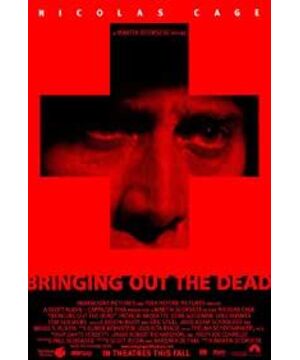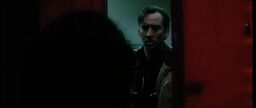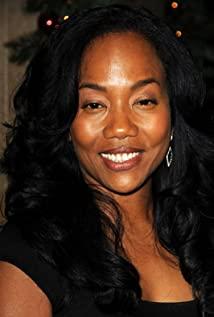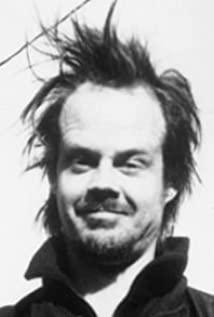Just like another incident related to Scorsese-in the year he was awarded the Oscar for Lifetime Achievement, the 26-year-old PTA filmed his first feature film, in which he copied the "Angry Bull A scene of "Bringing out the dead" at the end of the 20th century is also reminding us that there is a certain transcendence factor behind accidental phenomena.
2.
Death is not the first theme, from the beginning. Survival is.
Thursday night, the night of resurrection. In the first scene, Old Burke was declared dead, but this smooth journey was interrupted by Frank. He became a vegetable. Old Burke will spontaneously have more and more vital signs in the next few days, and he The only purpose of this is to find a way to end his life and resume his originally planned journey. This is not a miracle of life, it is a great victory over meaningless and rotten life. Bringing him to death became the best way to help this person.
From here on, the whole story of the film that develops down is not complicated. There is nothing worthy of in-depth explanation. The content and meaning are obvious. Any audience with a qualified aesthetic can and should have the message conveyed by this film. But there are also mixed good and bad inside, but no matter good or bad, it is not the focus of today's discussion.
3.
Regarding the sentence "All my movies are related to religion" that Scorsese said, we don't believe it to what extent, but to understand it. The narrative of this film is full of various religious-related explicit and hints. Those who love to chew on the theme of the plot will definitely like it. After the interpretation of the book bag, they feel that they are closer to some invisible infinity. .
Religion, as a word, a concept, a reality, and as a manifestation of the fate of characters, can find its place in the movie, but the great thing is that it does not serve as the only place for those characters to escape and denounce the real world. This is Scorsese's strength.
No matter how painful and unbearable the real world is, it still has its final meaning attached. Here, "1 Corinthians" received a faint but clear echo.
4.
Even so, it is still difficult to use this movie as a credential to promote to others that Scorsese is an immortal thinker.
His immortality lies elsewhere.
Let’s not talk about how Scorsese completed the transition of different narratives with only one close-up shot, where the three beds suddenly stopped when the doctor introduced Noel, nor how the jump of time in the editing was affected by him. Freely mastering, never too far or too close, not to mention that he is always moving his lens endlessly until the audience is convinced that there is no more movement to perform-these various details that can bring great aesthetic pleasure almost Every one of his works is filled-if the audience who has been nurtured by the development of cinema for more than one hundred years can still maintain the original sensitivity to the image, this movie will be the first to attract attention, and The last thing left in my heart is the ubiquitous use of light. It ignores reason and comes with great contempt for the narrative logic on the screen.
Scorsese only relies on his intuitive grasp of the unshakable core of art to let the pale, overexposed, and passive light spread down. In the past, light was used to create shadows, but this time, in the hands of Scorsese, the use of light is not anti-expressionism, but a re-escalation of expressionism, not anti, but update. It is also through it that Scorsese puts this story bound by realism themes away from all other realisms the most appropriate distance.
The expressionist films 80 years ago passed the public test of history and aesthetics. They used shadows to expand their vision and placed light behind the audience's consciousness. Scorsese bravely inherited and carried forward that tradition. Here, light is no longer a manipulative conspirator. It is a visual weapon, an emotional warrior, and a great sadness trying to save others' hearts. In this way, he upgraded the definition of expressionism in film history. This is the most worthy part of this movie to be written into history.
This new definition has not caused any waves in the academic system or in the creation of directors from all walks of life.
5.
Regardless of computer special effects, a movie audience who came to the present eighty years ago will be amazed by the complicated forms and techniques in any movie.
Correspondingly, no matter whether it was in 1999 or 2017, any creativity in the film-if it is still within the medium category defined when the film was first born, it will not be enough to become a real large-scale motivating trend. Innovative, the film has matured enough, and as great as Scorsese, it cannot be used to attract more than 100 people with the new film language. The form of art has been weakened into universal knowledge, which has become a kind of lowest before viewing. Limit consensus.
From Daguerre to Edison to Lumiere, from mechanical craftsmanship to electronic craftsmanship and digital craftsmanship, will the language of film lose its beauty completely and only evolve into a purely functional recording method, like pinyin in a dictionary. I have no idea.
View more about Bringing Out the Dead reviews











